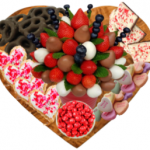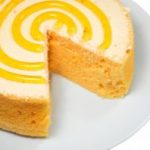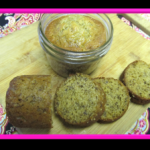
Charcuterie boards seem to be all the rage, trending as a creative way to display everything from appetizers to desserts! With the Super Bowl and Valentine’s Day rapidly approaching, I thought it would be a great time to introduce this concept and the Charcuterie Board Virtual Challenge to my students. Because of teaching in a hybrid setting, I made this a virtual activity and can’t wait to see what my students create! So, I will leave you with the same question I will my students, “What’s on your board?”




